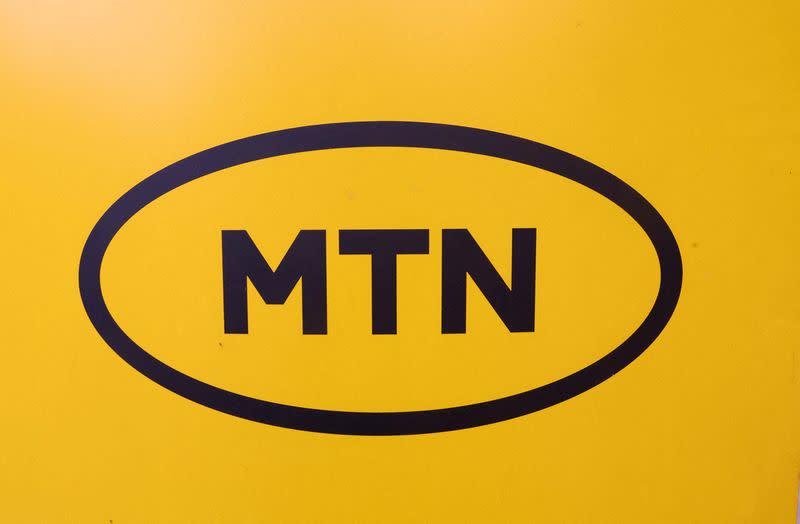By Ayomide Otitoju
Africa’s largest mobile operator, MTN, is pursuing partnerships with low-Earth-orbit (LEO) satellite providers to deliver internet access to rural and remote regions, Group CEO Ralph Mupita announced during a media call on Monday, according to Reuters.
LEO satellites offer high-speed internet in areas where deploying terrestrial telecommunications infrastructure, such as fiber optics and mobile broadband, is challenging and costly.
“To keep customers and businesses connected at all times, we’re going to have to embrace satellite as an additional technology form,” Mupita said.
The South African telecom giant is currently conducting proof-of-concept trials with multiple LEO satellite operators to assess potential collaborations. “We are exploring several, and actually, some of them we’re happy to be resellers through our enterprise business to specific customers in various countries,” Mupita added.
MTN is not alone in this push. Competitors such as Cell C are also exploring similar partnerships. Vodacom, South Africa’s largest operator, announced a partnership last year with Amazon’s Project Kuiper, a major player in the LEO satellite space.
Mupita acknowledged the growing competition from satellite internet providers like Starlink, which operates in several African countries but faces regulatory hurdles in others, including South Africa. To adapt, MTN aims to “future-proof” its operations by integrating satellite technology into its service offerings.
The regulatory landscape for satellite providers is evolving, with South Africa’s Independent Communications Authority working on a framework to clarify licensing and operational rules. Mupita emphasized the importance of fairness in this process.
“LEO operators should be treated the same as terrestrial operators, such as ourselves, subjected to the same regulatory requirements, whether it’s around data privacy, data transport, localization, or access to spectrum,” he said.
MTN’s push for satellite partnerships aligns with its broader strategy to maintain leadership in connectivity and bridge the digital divide in underserved regions.










